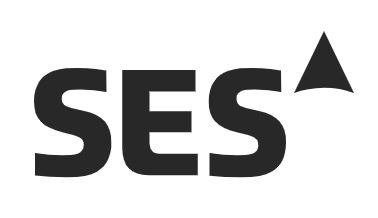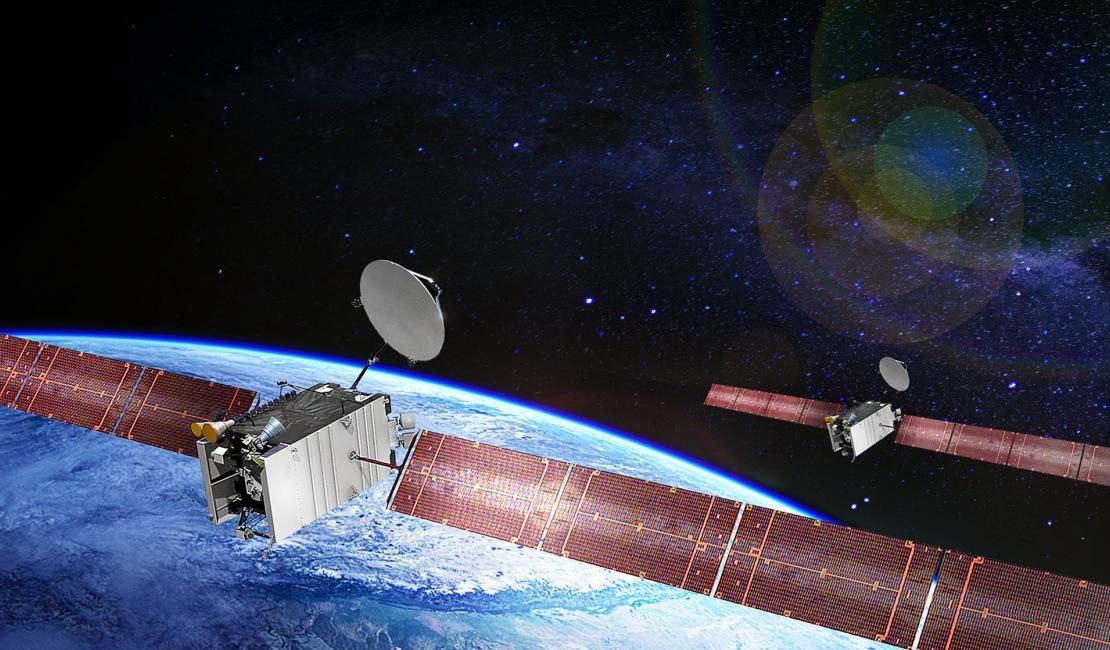Intelsat, the global satellite operator undergoing Chapter 11 proceedings in the USA, confirmed on 15 June that it had ordered six new GEO satellites from American manufacturers. These are broken down into four satellites ordered from Maxar and two from Northrop Grumman. The satellites will be known as Galaxy-31, Galaxy-32, Galaxy-33, Galaxy-34, Galaxy-35 and Galaxy-36. Maxar is responsible for the 31, 32, 35 and 36 units, with Northrop building the 33 and 34 satellites. In order to keep to its deadline with the Federal Communications Commission (FCC), Intelsat has asked the manufacturers to ensure that all the satellites are launched by 2022.
They will be used by the company to meet its C-band spectrum clearing targets, as defined by the FCC. The FCC requires satellite operators to vacate 300 MHz of previously available spectrum to allow for the expansion of cellular 5G networks in the USA. The companies involved have until December 2025 to comply. However, companies that achieve this before December 2023 will be eligible for “incentive payments”. It is these payments that have spurred Intelsat’s recent actions and satellite orders. Intelsat stands to receive up to US$4.87 billion if all its targets are met.
Intelsat has also said that it is likely to order a seventh C-band satellite, previously deemed unnecessary. It has yet to confirm a supplier for this unit.

Corporate logo. Courtesy of Intelsat
The other major stakeholder in the FCC spectrum clearance, SES, will also need to order several new satellites. SES has previously said that it too will be ordering six new GEO units. It is gunning for US$3.97 billion in incentive payments for its spectrum clearing efforts.
Talking to Space News earlier in June, SES CEO Steve Collar outlined the company’s plans. Its satellite orders are likely to be spread over several weeks, unlike its competitor Intelsat. Mr Collar declined to say who would be the beneficiaries, just that the orders would “be a good thing for the U.S. space industry”.
A major contender for the SES business was believed to be Boeing, which is building the next generation of O3b satellites for SES, the seven-unit mPower series. These are planned for launch in 2021 on-board two SpaceX Falcon 9 rockets.
The first phase of SES satellite orders was announced on 16 June. Two satellite orders each have been awarded to US satellite builders Northrop Grumman and Boeing. The new C-band satellites to be built by Northrop will be based on its GeoStar-3 platform (which was developed by recent purchase Orbital ATK) and known as SES-18 and SES-19. Boeing has been tasked with delivering two “all-electric” 702SP platforms to host the SES-20 and SES-21 satellites. SES excepts these satellites to be launched in Q3 2022 – giving it plenty of leeway before the December 2023 cut-off for incentive payments.
Since SES has said that it intends to order six satellites, this means that there is still some business left to be dished out to waiting manufacturers.

Corporate logo. Courtesy of SES
Other nations are also seeing ordering activity
In May 2020, Roscosmos placed an order with Russian-manufacturer ISS-Reshetnev for the first in a new series of Luch (Loutch) satellites. The Luch systems can be compared to the American TDRS (Tracking and Data Relay Satellite) system in its form and functionality. The Reshetnev contract calls for a new satellite Luch-5VM (Loutch-5VM) to be delivered “no later than 2024”. It also tasks Reshetnev with modernising the system’s ground infrastructure.
In May, Russia’s largest GEO satellite communications provider RSCC (Russian Satellite Communications Company) also announced plans to order four new satellites destined for “highly elliptical orbits”. These new satellites, Express-RV 1-4 (Ekspress-RV), will be specifically built to provide Ku-band coverage to the expansive Russian Far North – something that traditional GEO sats struggle to do from their location above the equator. The order is set to be placed later in 2020. It is likely that this will go to a Russian company, however, historical precedent suggests that whilst a Russian manufacturer may be contracted as prime on the project, it may sub-contract the communications payload to another company. Thales Alenia Space and Airbus have both supplied payloads to Russian primes before.
Update 23 June 2020: Eutelsat – the other European global FSS operator – has announced that it will be required to order one new satellite to fulfil its, comparatively modest, C-band clearing requirements. This new satellite, which Eutelsat previously believed was not be required, will replace the older Eutelsat-113 West A unit, launched in 2006. Eutelsat expects to spend circa US$150 million on procuring and launching this replacement satellite, out of an allotted US$171 million set aside for C-band clearing purposes. At the time of writing, it was not known who would receive Eutelsat’s satellite building contract, or whether it would be a US or European manufacturer, although historically it has usually plumped for the latter.
Eutelsat, which has a smaller exposure to the American C-band market than Intelsat and SES, stands to receive US$507 million in C-band clearing incentive payments.

Corporate logo. Courtesy of Eutelsat
Update on 30 June 2020: South Korea’s KTSat has announced that it plans to launch a replacement for Koreasat 6 called Koreasat 6A in 2024 at the earliest. The high speed data transmission satellite will be placed in geostationary orbit over 116 degrees East longitude. It will use reconfigurable beam technology to serve the 5G market. Construction of the spacecraft will begin next year once the communications payload has been fully defined.
Comment by Matthew Wilson: One notable absentee from the recent spate of orders is the American manufacturer Lockheed Martin. If these C-band orders are to remain US-centric, Lockheed could receive orders for one or two of its big LM2100 platforms. With all this US-focus, two major players in the satellite manufacturing business, Europe-based Airbus and Thales Alenia Space, have been left out.
It is not believed that there is a US-build mandate for the C-band replacement satellites. This may open the door for Luxembourg-based SES to place an order or two with its continental compatriots and spread the love, as it were, to the European industry now that the US suppliers seem to be, temporarily at least, satiated.







